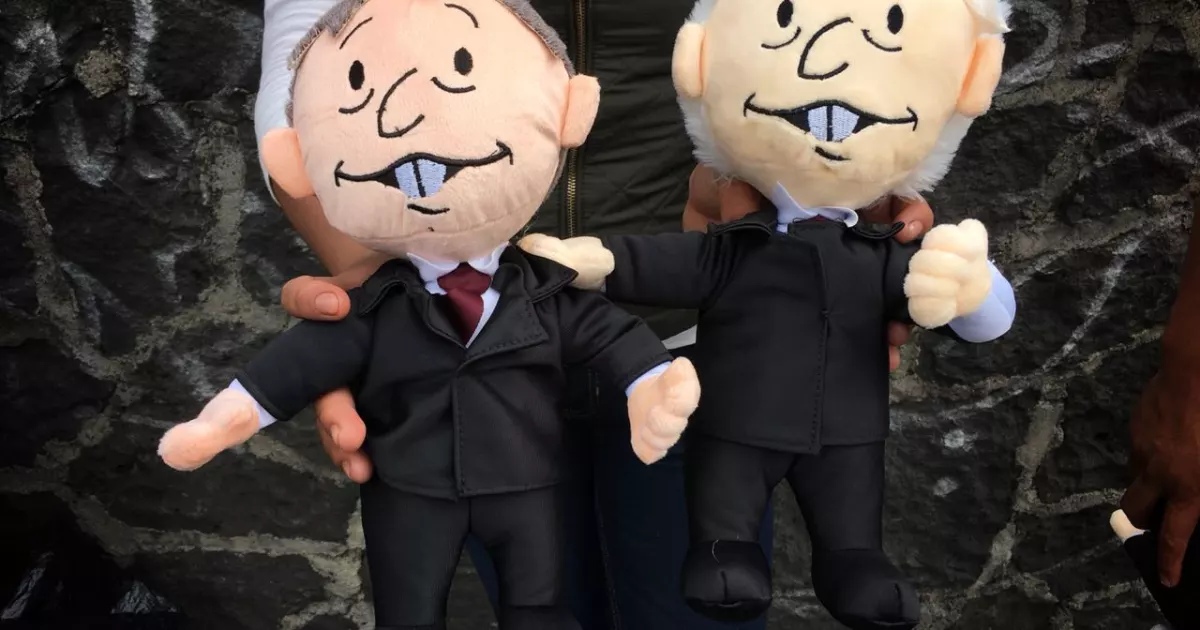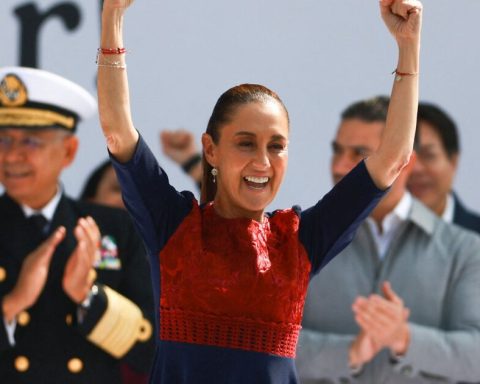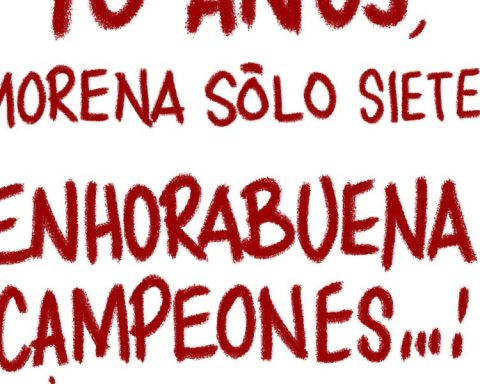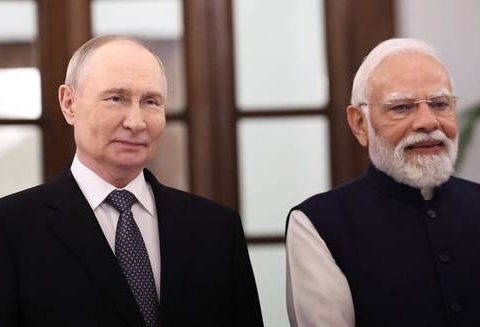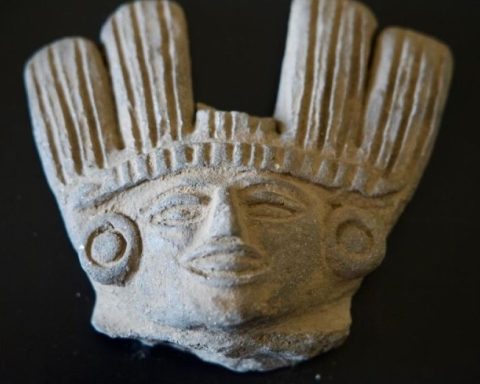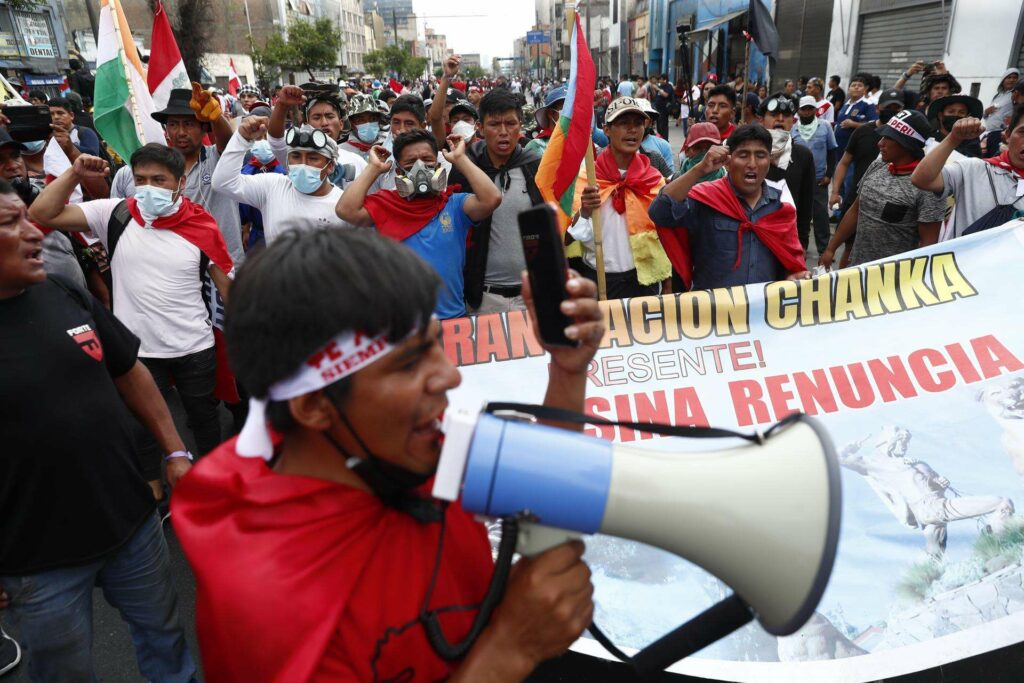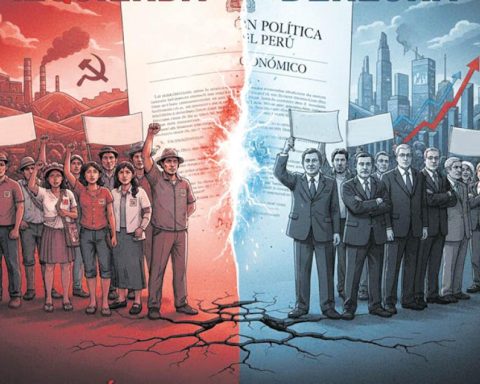When did Amlito emerge?
When resolving the case originally, in September, the magistrates of the Specialized Chamber recognized that these cartoons arose since 2005 in the march of silence against the violation of López Obrador and their author was José García Hernández from Monero.
“It is a notorious fact that this caricature and the products derived from it: stuffed animals, brooches, plastic figures, stickers, key chains, bottle caps and more, which stood out in campaign events as an element of sympathy in favor of the then candidate,” The magistrates resolved when assessing that today “it symbolizes a political product.”
“Amlito” was used extensively in the presidential elections of 2006, 2012 and 2018, in which the current president sought office.
For the first time, a case related to that doll was analyzed in the last campaign, when a case came to the TEPJF Specialist about that image painted on fences.
But at that time, presumed campaign acts were denounced, for which it was investigated and concluded that the president did not authorize the use of that image, hence it was not considered that there was an infraction.
Are cartoons prohibited in advertising?
In the session, the magistrate of the Superior Chamber, Janine Madeline Otálora, specified that there is no such limitation.
“We are not prohibiting political parties from using cartoons in their political propaganda in a generic way. We are exclusively analyzing a case of a caricature in which the image of a public official, of a public servant, is captured, ”said the judge, so that is the only thing prohibited.
Therefore, it is false that there are or may be sanctions against the creators of caricatures, moneros and plastic artists who generate works on public servants in any modality: caricatures, photographs, paintings, sculptures, dolls.
Is there a history of prohibited images of politicians?
This is not the first time that the representation of a popular politician is the subject of discussion due to the generation of inequality in electoral contests.
In 2000, the Alianza por el Cambio Coalition, which nominated Vicente Fox for the presidency, sought to include his silhouette on the electoral ballots to mark the day of the election.
The Coalition sought to capitalize on the sympathy that the PAN aroused in that electoral process and the National Action Party (PAN), but the TEPJF resolved that the ballots should not contain elements other than those provided for in the law -emblems- so they cannot be placed photographs or silhouettes.
In addition, in that case, the decision would have implied that Fox’s silhouette would have appeared on the ballots to elect federal legislators.
In 2018, the then independent presidential candidate, Margarita Zavala, sought to include an illustration, similar to a photograph of her, on the ballot, arguing that “there is no scientific evidence, nor expert opinion, that can affirm that any allusive element The candidate who appears before the citizens will influence the electorate at the time of the issuance of the vote.
In that case, she also indicated that in the absence of a logo, since she was not a party candidate, but an independent one, that could restore the conditions of disadvantage, which was not authorized in the end.
